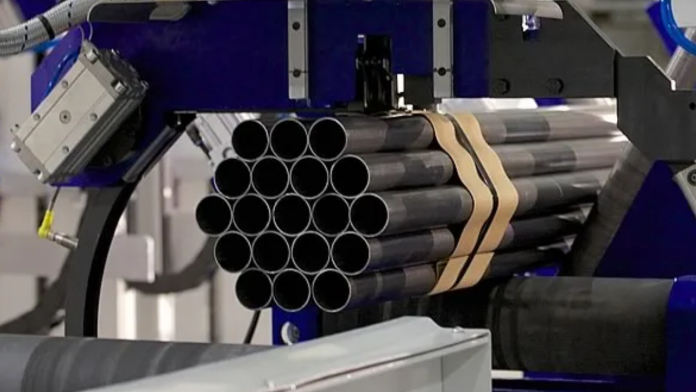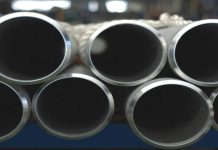A protective covering called pipeline coating is put on pipelines to increase their toughness and stop corrosion. This coating protects the pipeline material from corrosive substances like chemicals and moisture by acting as a barrier between it and the surrounding environment. Preserving the structural integrity of the pipeline and increasing its longevity are the main objectives.
The particular needs of the pipeline and the environmental factors it will be subjected to be taken into consideration while choosing these coatings. Applying pipeline coatings correctly promotes the overall effectiveness and safety of the transportation system in addition to providing corrosion protection. Visit UNIACERO for more info regarding pipeline coating.
How Is The Coating On Pipelines Inspected For Quality?
To guarantee longevity and resistance to corrosion, the quality of pipeline coatings is examined using a variety of techniques. Visual inspection is a common procedure where professionals evaluate the adherence, homogeneity, and any faults in the coating. Holiday detection finds coating discontinuities that could cause corrosion by using electrical techniques. Gauges for measuring thickness evaluate the coating to make sure it adheres to prescribed guidelines.
Furthermore, samples are taken out for analysis in a lab as part of destructive testing. Real-time evaluations are provided without causing damage to the coating by non-destructive techniques like magnetic flux leakage testing and ultrasonic testing. In a variety of operating settings, these thorough examinations contribute to ensuring the longevity and efficacy of pipeline coatings.
Severe Weather Conditions Affect Pipeline Coating
Pipeline coating integrity and performance can be significantly impacted by extreme weather. Coatings for pipelines are essential for shielding the infrastructure from environmental elements like abrasion and corrosion. The following are some ways that severe weather may impact pipeline coatings:
Difficulties in Cold Weather:
There are many obstacles to pipeline coating treatments when it gets extremely cold. The viscosity of coating materials rises with decreasing temperatures, making it more challenging to provide even coating across the pipeline surface. Additionally, the cold lengthens the coatings’ drying period, which slows down the application process overall. Condensation becomes an issue since it can make coatings less effective and prevent them from adhering. A solution in the form of specialized cold-applied coatings has evolved; these coatings are made to withstand freezing temperatures and maintain their pliability at low temperatures.
Challenges of Hot Weather:
On the other hand, excessive heat presents unique challenges for pipeline coating. Coatings may dry quickly at high temperatures, which can result in uneven application and decreased adherence. The covering may develop blisters or bubbles, endangering its ability to protect. Coatings with longer curing durations and additives that slow down the drying process are used to mitigate the effects of extreme heat. The difficulties brought on by intense heat can also be lessened by applying treatments at the best times of day, which are usually later in the day, and by using shade structures.
Moisture and Humidity:
In severe weather, high humidity levels can be harmful to coating operations. Overly dampness on the pipeline surface prevents coatings from adhering, which could lead to an early failure. Moisture-tolerant coating formulas have been created for scenarios where humidity is constant, such as coastal or rainy regions. To mitigate the detrimental effects of humidity on coating adherence, the surface must be properly prepared, which includes complete cleaning and drying.
Dust and Wind Speed:
In addition to introducing dust and debris onto the pipeline surface during extreme weather, strong winds also make the application process more difficult. Wind has the potential to cause uneven coating coverage and raise the risk of coating flaws.
By using enclosures and windbreaks, the pipeline can be protected from the disruptive impacts of high winds, providing a more controlled application environment. Furthermore, it becomes essential to employ dust control techniques, such as using dust suppressants and performing thorough surface cleaning, to stop impurities from jeopardizing the integrity of the coating.
Final Thought
The protective properties of pipeline coatings are compromised by extreme weather conditions. The brittleness caused by extreme cold or the rapid corrosion in high temperatures are only two examples of how different weather conditions can cause coating degradation. Implementing strong coatings, carrying out routine inspections, and taking climate-specific elements into account during design and maintenance procedures are all essential for ensuring pipeline integrity.










